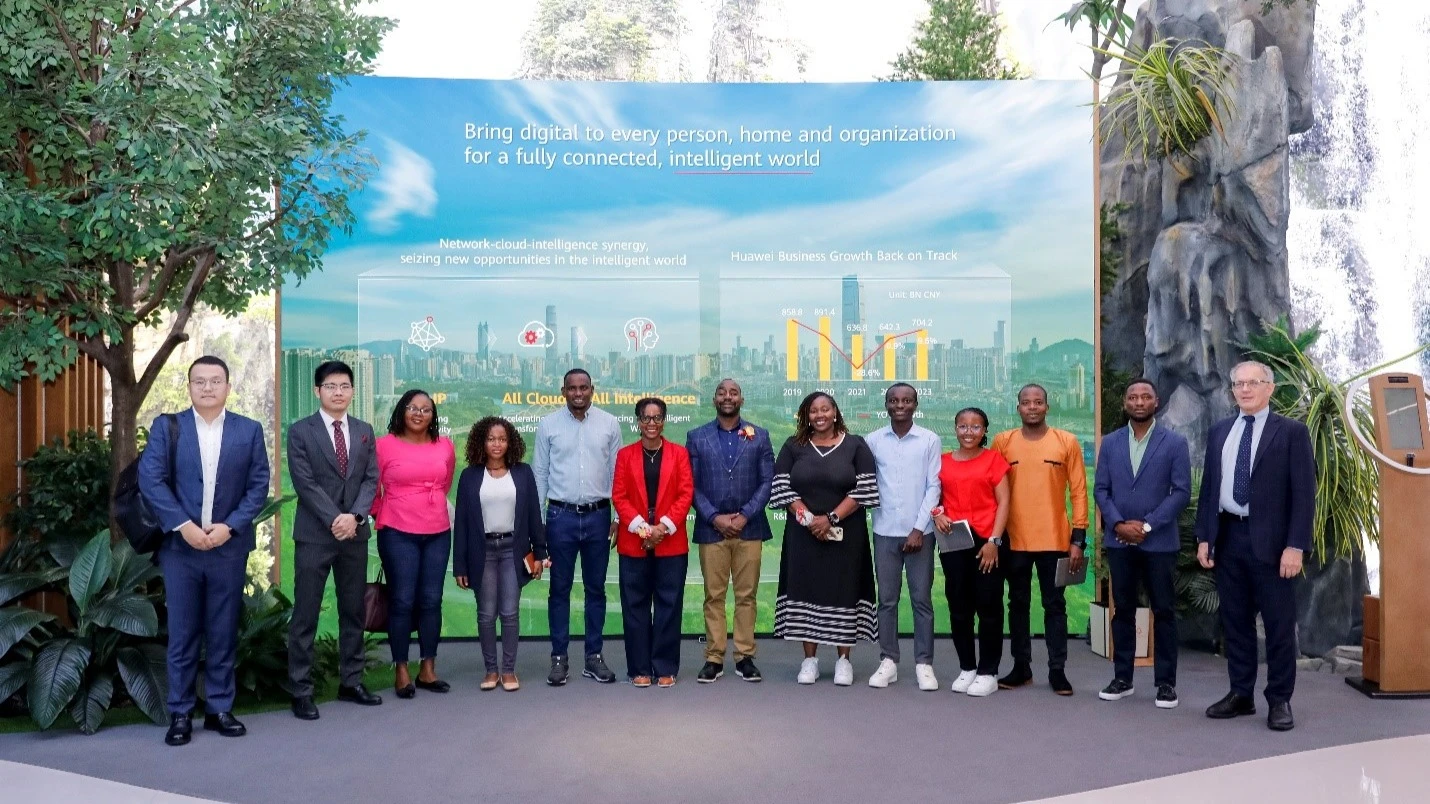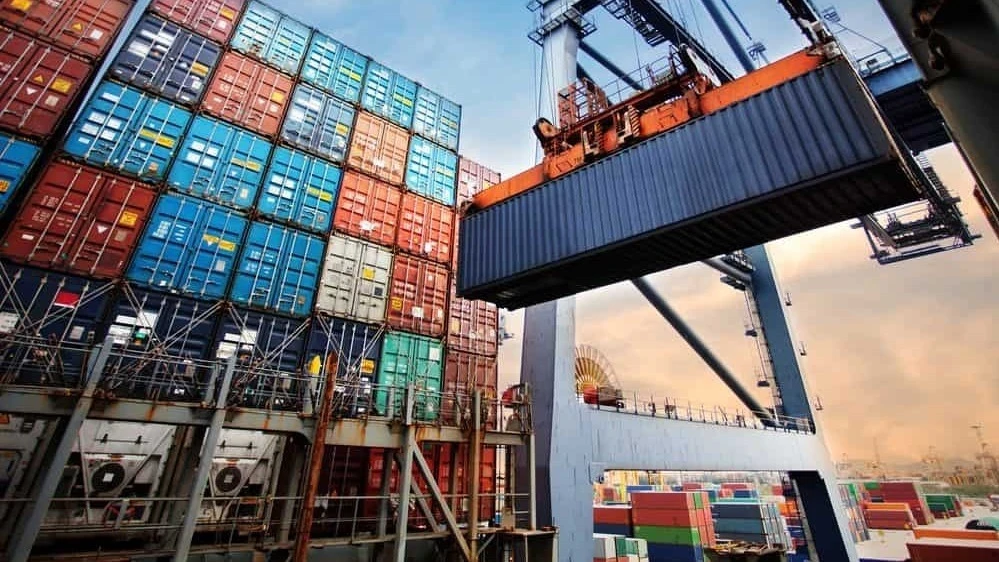TANZANIA'S ENERGY BALANCE: Traditional fuels dominate amidst rising demand

Tanzanian economy still heavily reliant on traditional biomass even as energy demand rises across key sectors, a new report by the National Bureau of Statistics (NBS) has shown.
The "Key Insights from the United Republic of Tanzania’s 2022 Energy Balance" highlights both the nation's continued dependence on biofuels and the increasing energy consumption driven by industrial growth and transportation needs. The report underscores the challenges and opportunities Tanzania faces in its pursuit of sustainable development and energy security.
The report shows that in 2022, Tanzania’s Total Primary Energy Supply (TPES) reached 36,119.4 kilotonnes of oil equivalent (ktoe). A significant 82 percent of this supply originated from biofuels, primarily wood and charcoal, which remain critical for cooking and heating, especially in rural areas.
Oil products accounted for 10.7 percent of the TPES, followed by natural gas at 5.1 percent, coal at 1.5 percent, and hydropower at 0.6 percent. This heavy reliance on traditional biomass underscores the ongoing challenge of transitioning to cleaner energy sources and mitigating deforestation.
Modern renewable sources like solar and wind contributed a mere 1 percent to the TPES, with solar at 0.01 percent and wind at 0.1 percent.
This indicates a substantial untapped potential for these technologies to play a greater role in Tanzania's energy future. The minimal contribution from solar and wind suggests that significant investment and policy support are needed to accelerate their adoption.
Electricity generation in Tanzania is increasingly driven by natural gas, a trend that reflects the country's efforts to diversify its electricity mix. In 2022, natural gas accounted for 77 percent of the electricity generated. Hydropower, a more established renewable source, contributed 11 percent, while oil accounted for 9.7 percent.
Other sources, including coal and biofuels, played a minor role in the power sector. The dominance of natural gas in electricity generation highlights its importance in meeting the nation’s growing electricity needs, but also raises questions about long-term sustainability and greenhouse gas emissions.
Tanzania’s total energy demand in 2022 was 22,337.55 ktoe. The residential sector was the largest consumer, accounting for nearly 64 percent of total final consumption. This is primarily due to the widespread use of wood and charcoal for cooking and heating in households across the country. The industrial sector followed, consuming 16.4 percent of the final energy, driven by sectors like mining, quarrying, and non-metallic mineral industries. The transport sector’s energy consumption stood at 12.2 percent, with the majority attributed to road transport. Agriculture, forestry, and fishing consumed 4.4 percent, while commercial and public services accounted for 2 percent. Non-energy use, such as the use of fossil fuels as raw materials, made up a small fraction.
Different sectors in Tanzania rely on different energy sources to fuel their activities. In 2022, industry primarily consumed biofuels and waste (53.7 percent), followed by oil products (22.7 percent), coal (15.5 percent), and electricity (8.1 percent). The transport sector is almost entirely dependent on oil products (59 percent), mainly diesel and gasoline for road transportation, highlighting the sector's vulnerability to oil price fluctuations. The residential sector relies heavily on biofuels and waste (97 percent), with only a small fraction of households using oil products (0.7 percent) and electricity (2.2 percent). Commercial and public services consumed biofuels and waste (64.7 percent), oil products (20.3 percent), and electricity (15.1 percent). Agriculture, forestry, and fishing primarily rely on biofuels and waste.
The report also provides insights into Tanzania's energy intensity, a measure of how efficiently energy is used to produce economic output. In 2022, Tanzania's total energy supply per unit of GDP was 2,949.68 MJ/thousand 2015 USD. While this is below the international average, it suggests that Tanzania's economy still relies significantly on energy-intensive sectors. Improving energy efficiency across all sectors will be crucial for sustainable development.
The transport and industrial sectors are the primary contributors to Tanzania's energy-related CO2 emissions. Total CO2 emissions from energy consumption reached 13.81 million tonnes in 2022. When emissions from power generation are included, the total emissions reached 18.08 Mt CO2. Oil products accounted for 80 percent of CO2 emissions, highlighting the impact of the transport sector and industrial processes that rely on oil. Natural gas contributed 5 percent to emissions, coal 15 percent, and biofuels 2 percent. However, CO2 emissions per capita in Tanzania remain low at 225 tCO2, compared to the global average of roughly 5 tCO2, indicating that while emissions are growing, they are still relatively low on a per-person basis.
Tanzania possesses significant untapped potential for renewable energy sources, particularly solar and wind. Hydropower remains the dominant source of renewable electricity, but solar and wind offer opportunities for diversification and reducing reliance on fossil fuels.
The report suggests that while Tanzania has significant untapped potential for solar, wind, and other modern renewable sources, the country's energy sector is still characterized by a heavy reliance on traditional biomass. Addressing this will require a combination of policies, investments, and technological advancements. The 2022 Energy Balance provides a crucial baseline for tracking progress towards a more sustainable energy future. Future reports will offer deeper insights into Tanzania’s evolving energy landscape, providing a foundation for informed decision-making and long-term planning, and monitor the effectiveness of interventions aimed at transitioning to a cleaner energy mix.
Top Headlines
© 2025 IPPMEDIA.COM. ALL RIGHTS RESERVED

























